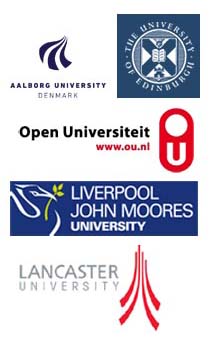

Methods for mapping operational proximity in professional learning networks
Andrew Whitworth, SEED, University of Manchester, UK. Maria Carme Torras i Calvo, Bodil Moss, Nazareth Amlesom Kifle, Biblioteket, Høgeskolen i Bergen, Norway, Terje Blåsternes, Universitetsbiblioteket, Universitetet i Stavange, Norway.
This short paper reports on the first two phases of the Bibliotek i Endring (BiE) or “Changing Libraries” project. This project addresses a gap in the literature in that organisational change in academic libraries has not previously been studied from perspectives which emphasise practices and networked learning. The first phases of the project gathered data from participants regarding how they perceived the social networks in which they were embedded at work. A 50% sample was achieved at both locations. Informants were first asked 15 questions regarding their role, values and perceptions of their ability to enact change. They were then asked to draw a map of the social network in which they saw themselves as embedded, and “thought aloud” as they did so. A scoring system was then used to measure their perceptions of proximity within this network: who they worked most closely with, who they were most likely to share information with and so on. Through this process, individuals' maps were amalgamated into composite sociograms that could be drawn of both institutional research locations, showing that one was divided into two distinct clusters whereas the other was more connected, though both networks had isolated members. Cross-references were also made with how interviewees perceived their ability to enact change in their practices and those of others. These conclusions were presented to participants for member checking, and will now drive phase 3 of the research, in which change will be recorded over a period of a year to see how social networks influence learning and change management in these specific contexts.
Keywords
networked learning, workplace learning, communities of practice, academic libraries, social networks
| Invited Speakers | Community & Hot Seats| Past Conference Proceedings | Doctoral Consortium | Contact |